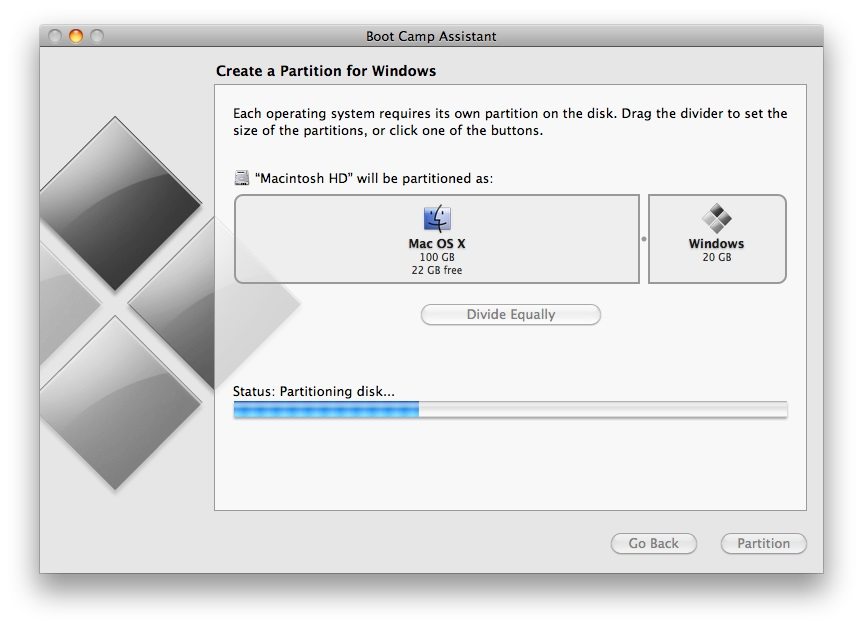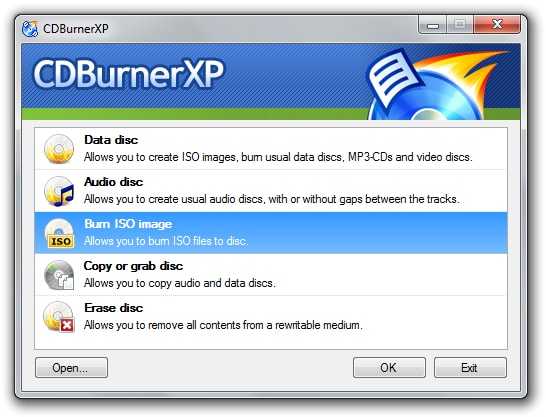
But even Apple Disk Utility (Restore tab) is doable, and there are those HELP menu and tips, instructions - and online.Īnd if you want to backup and manage PCs and Macs, then something like HP Media Server using Windows Home Server PP3 which supports SuperDuper, TimeMachine, iTunes, as well as for Windows backup and recovery, is top notch. The pdf guide for #1 cloning utility for Mac is SuperDuper. You are going to need drives no matter what to get back on your system's feet, to boot and work from, and to recover to (it is possible to get by with a partitioned hard drive). Just install OS X to an external USB drive. Luckily I guess Apple Mac OS has TimeMachine which is one step in the right direction but not enough. Thinking backups are strange or difficult, or not needed? No. It is the underlying format of the drive.

Intel Macs uses GPT or as Apple says, GUID, which is the default. Mac OS X won't install to the old PPC PowerMac map. Maybe I'm missing something and someone can enlighten me. Hdiutil makehybrid -o example.iso example.dmg -iso -jolietīut after burning the resulting ISO to a CD, I discovered the CD was again not bootable. I looked over the man page for hdiutil and even tried some of the examples to convert a DMG to a *true* ISO file: Using the renaming method I described above, the CD was bootable and Windows was able to see the contents of the CD without any problems. Burn audio files from MP3, WMA FLAC to CDs / DVDs. Rip multimedia files including audio files such as MP3, WMA FLAC. Open and extract ISO files with a single click. Create bootable ISO files and create bootable CDs and DVDs. However, after burning the resulting ISO image on a Windows machine the CD was not bootable. Create a bootable USB drive from an ISO image.

This will convert example.dmg into example.iso. Hdiutil makehybrid -o example example.dmg I have read that the resulting ISO image is not a "true" ISO-9660 filesystem and that you can use the following command to convert DMG images (leave the Image Format as compressed to create a DMG image in Disk Utility) into *real* ISO images using the following command: The ISO image can then be distributed and burned on any system (I tested this by burning the resulting ISO on a Windows XP machine using the free DeepBurner application). When Disk Utility is finished, you can browse to the file with Finder and rename the file from example.cdr to example.iso. cdr extension, even though the image itself is identical to a. In the example below, I use example as the filename.ĭisk Utility will create the disk image with the.

Change the Image Format from compressed to DVD/CD master (compressed will save the file as a DMG image). On the Save As dialog, enter a name for your ISO image and choose the location where you want to save the file. Select the CD underneath the drive listed on the left and then click New Image in the tool bar at the top. Insert the CD you want to create an ISO image from into your CDROM/DVD drive and then launch Disk Utility (Applications -> Utilities -> Disk Utility).


 0 kommentar(er)
0 kommentar(er)
